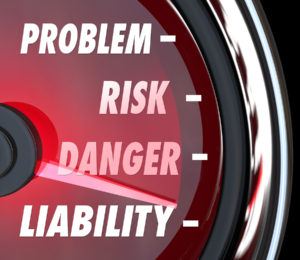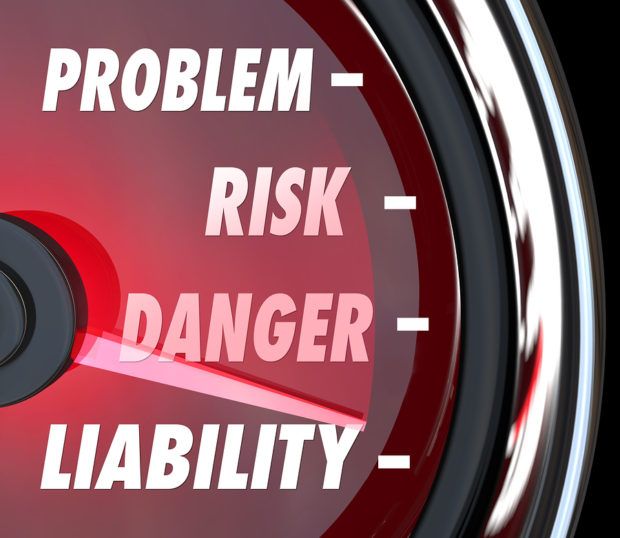 Lawnmower injuries persists at a rate of close to 6,400 a year, most of them requiring surgery and hospitalization and costing an average of $37,000 per patient.
Lawnmower injuries persists at a rate of close to 6,400 a year, most of them requiring surgery and hospitalization and costing an average of $37,000 per patient.
In what Johns Hopkins Medicine researchers call an unusually comprehensive analysis of nationwide data, they tracked eight years of data between 2006 and 2013. Their findings were reported in the Sept. issue of Public Health Reports.
Overall, the new analysis showed that the most frequent injuries were to men (43,567 of 51,151, or 85.2 percent), and that children up to age 4 were six times more likely to have a foot/toe or lower extremity injury and 1.7 times more likely to have an amputation than those age 15 and above.
Conversely, older teens and adults age 15 and above were 8.3 times more likely to have an injury to the hand or upper extremity. This, the researchers say, suggests that young children are more likely to get injured by running into the yard while a family member operates the lawnmower or by getting their foot trapped in the machine while sitting in the operating member’s lap, and that the majority of teens and adults sustain injuries from sticking their hands into the mower to clear debris.
The data did not reveal the type of mower that caused an individual injury, what mower designs were most likely associated with injuries, or whether those injured were bystanders or doing the mowing.
Previous studies, says co-author Deborah Schwengel, have generally collected data only on certain types of injuries associated with consumer products without addressing issues of cost or national scope.
Schwengel and her team drew on information gathered for the United States Nationwide Emergency Department Sample (NEDS), the largest emergency department database in the U.S.
The researchers identified 14,878 lawnmower injuries over the eight-year period, which when adapted to reflect national emergency room visit data represented an estimated 51,151 injuries, and consisted of about 6,394 cases per year on average.
For the entire study population, most of the injuries were lacerations (23,907 of 51,151, or 46.7 percent), fractures (11,433 or 22.4 percent) and amputations (11,013 or 21.5 percent). The most common injury locations were wrist or hand (33,477 or 65.4 percent) and foot or toe (10,122 or 19.8 percent).
Of the 51,151 cases, 43,567 (85.2 percent) were in men; 19,162 (37.5 percent) happened in the South; 33,886 (66.3 percent) occurred on a weekday; and the majority, 36,686 (81.7 percent), occurred between April and September.
The treatment costs for the emergency room charges totaled an average of $2,482 per patient, and average inpatient charges totaled $36,987 per patient.
“Understanding what types of injuries occur in certain groups should help engineers design safer lawnmowers and policymakers create more appropriate prevention policies,” says Schwengel. One example of a better lawnmower design that could prevent injury, the researchers say, would be one with stopping features that automatically activate when human flesh is detected near blades.
Other authors on this paper were Daniel G. Hottinger, Isam Nasr, Joseph K. Canner and Rahul Koka of Johns Hopkins and Deepa Kattail of McMaster Children’s Hospital.
*This story ran previously in our sister publication Insurance Journal.





















 Why ‘Good Enough’ Is Killing Insurance: The Hidden Cost of Satisficing
Why ‘Good Enough’ Is Killing Insurance: The Hidden Cost of Satisficing  Surge of Supercharged Hurricanes Prompt Call for Cat 6 Classification
Surge of Supercharged Hurricanes Prompt Call for Cat 6 Classification  Artificial Intelligence Is Rewriting the Rules for Commercial Lines
Artificial Intelligence Is Rewriting the Rules for Commercial Lines  Berkshire Hathaway Enters Post-Buffett Era as Share Prices Fall
Berkshire Hathaway Enters Post-Buffett Era as Share Prices Fall 



